Easy Korean Beef Bulgogi is sweet, savory sticky beef with an amazing crisp on the outside and a perfectly tender inside. This magically flavorful dish is so easy to throw together at a moment’s notice to change up weeknight meals.
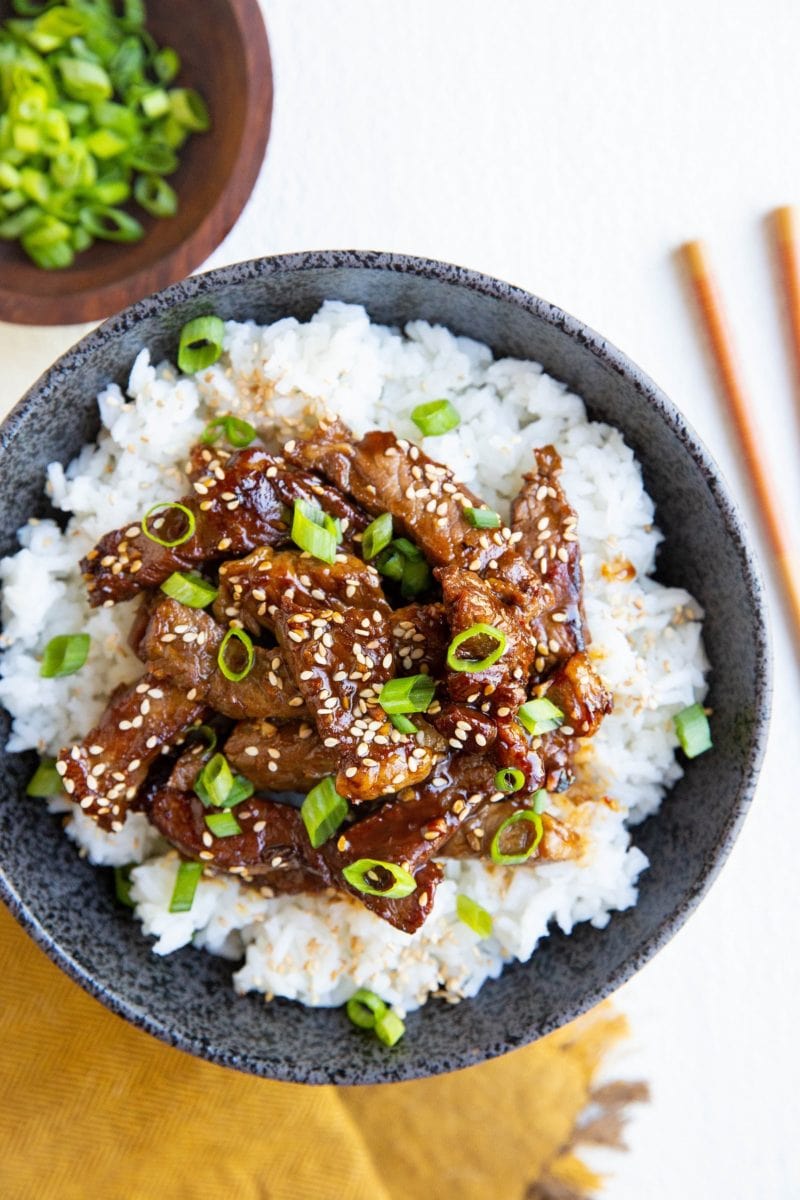
Crispy tender beef engulfed in savory and sweet sticky sauce, Korean bulgogi beef is an absolute dream!
Sweet, savory, sticky saucy beef with amazing texture and flavor is the name of the game here. For those who love crispy, flavorful meat, bulgogi is a must try!
Let’s dive right into the details.
What is Beef Bulgogi?:
Bulgogi, translated to “fire meat” is a traditional Korean dish of tender strips of beef pan-seared to crispy perfection in an amazing sweet and sour savory sauce.
Marinated thin slices of beef (or pork) is cooked over an open flame on a BBQ or in a hot skillet for one of the most well-loved popular Korean dishes.
Korean bulgogi sauce is traditionally a combination of soy sauce, grated Asian pear, sugar, sesame oil, garlic, ginger, and gochujang (Korean red chili paste).
These marinade ingredients create a combination of flavors that yields a beautiful depth of flavor for a full palate experience.
Let’s discuss the simple ingredients needed to make this Korean delight.
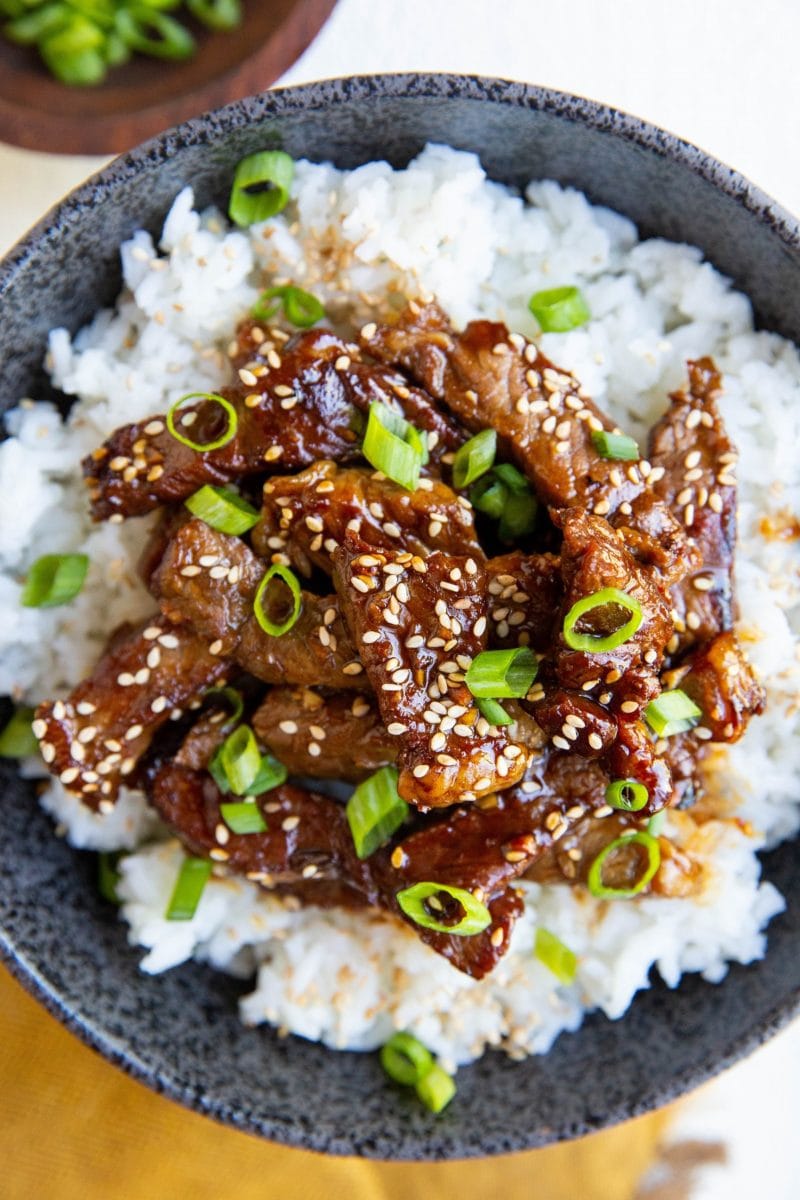
Ingredients for Korean Beef Bulgogi:
Beef: The star of the show! What type of steak to use for bulgogi beef? Boneless rib eye is best because it has a great fat content, which is a direct translation to flavor. I also like using New York Strip.
Liquid Aminos, Soy Sauce, or Coconut Aminos: The ingredient that adds umami flavor to the dish. Use your preference of liquid aminos, soy sauce, or coconut aminos for a soy-free version.
Pure Maple Syrup: Traditional bulgogi is nice and sweet to offset the savory and umami flavors, creating a sticky beef situation. The authentic version uses brown sugar or cane sugar, but I prefer using pure maple syrup for a refined sugar-free version.
Rice Vinegar: Adding tang to offset the sweetness of the bulgogi and level up the savory flavors, a splash of rice vinegar helps round out the bulgogi sauce.
Toasted Sesame Oil: Sesame oil brings that nutty full-bodied sesame flavor to the dish that is common in Korean cuisine.
Garlic & Ginger: Fresh garlic and fresh ginger bring an otherworldly punch of flavor to the meal. You can scale the amounts up or down depending on how much you love garlic and ginger.
Gochujang: A traditional Korean red pepper paste, gochujang is a common ingredient in Korean cuisine as it brings a spicy smoky flavor to any dish and also helps to thicken sauces. While gochujang is spicy, the amount used in this recipe results in a mild dish.
Avocado Oil: Used to sear the steak, we use avocado oil as it is a high-temperature cooking oil that has a high smoke point. Perfect for this type of application where you’re cooking over a high heat. It also has neutral flavor so it doesn’t impede the authentic Korean flavors of the meal. You can also use vegetable oil or olive oil if you prefer.
Recipe Customizations:
- You can replace the maple syrup with brown sugar or regular cane sugar.
- If you have a favorite type of steak, feel free to put it to use here, although I personally recommend a fatty cut. Flank steak, skirt steak, and short ribs are often used.
- Coconut aminos is already pretty sweet so if you’re using coconut aminos, you don’t need to add the pure maple syrup unless you’re going for a sweeter beef. To keep the recipe paleo friendly, use coconut aminos.
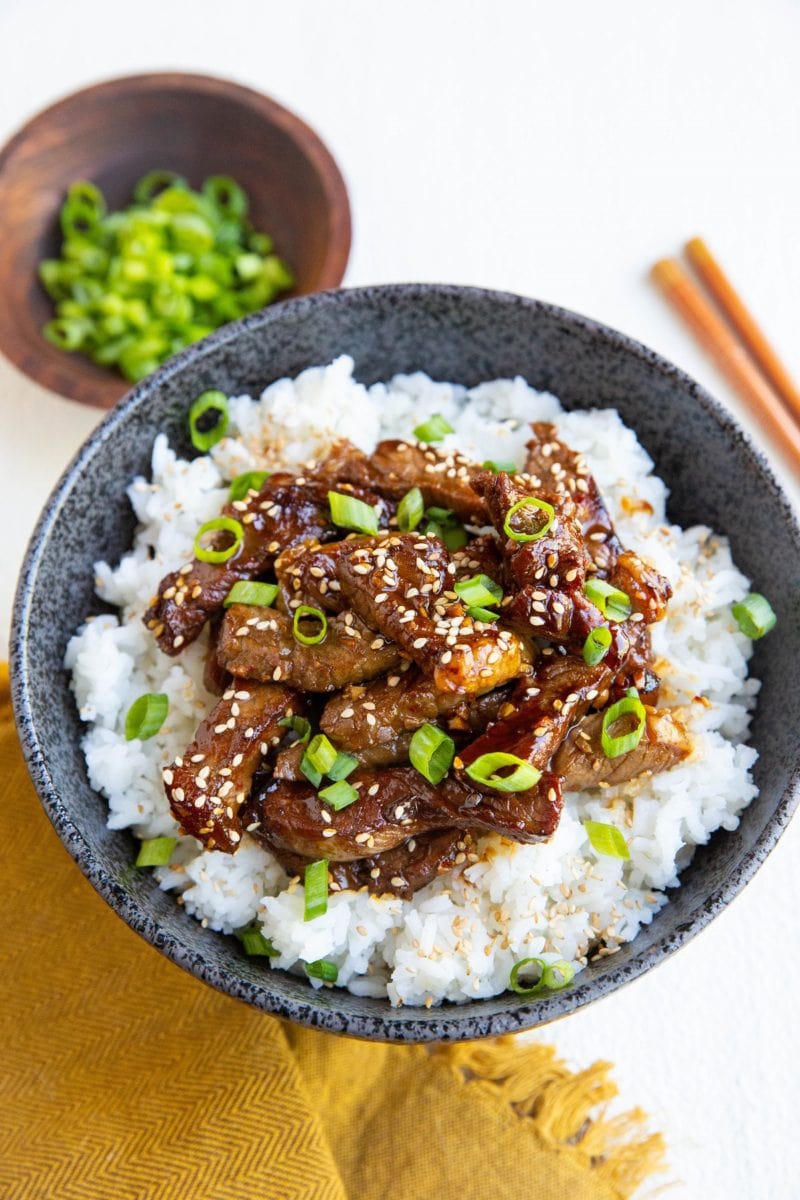
How to Make Korean Beef Bulgogi:
Cut the steak into thin strips and place them in a large zip lock bag.
Stir together the liquid aminos (or soy sauce), pure maple syrup, sesame oil, garlic, ginger, gochujang and black pepper in a small bowl or measuring cup until well-combined.
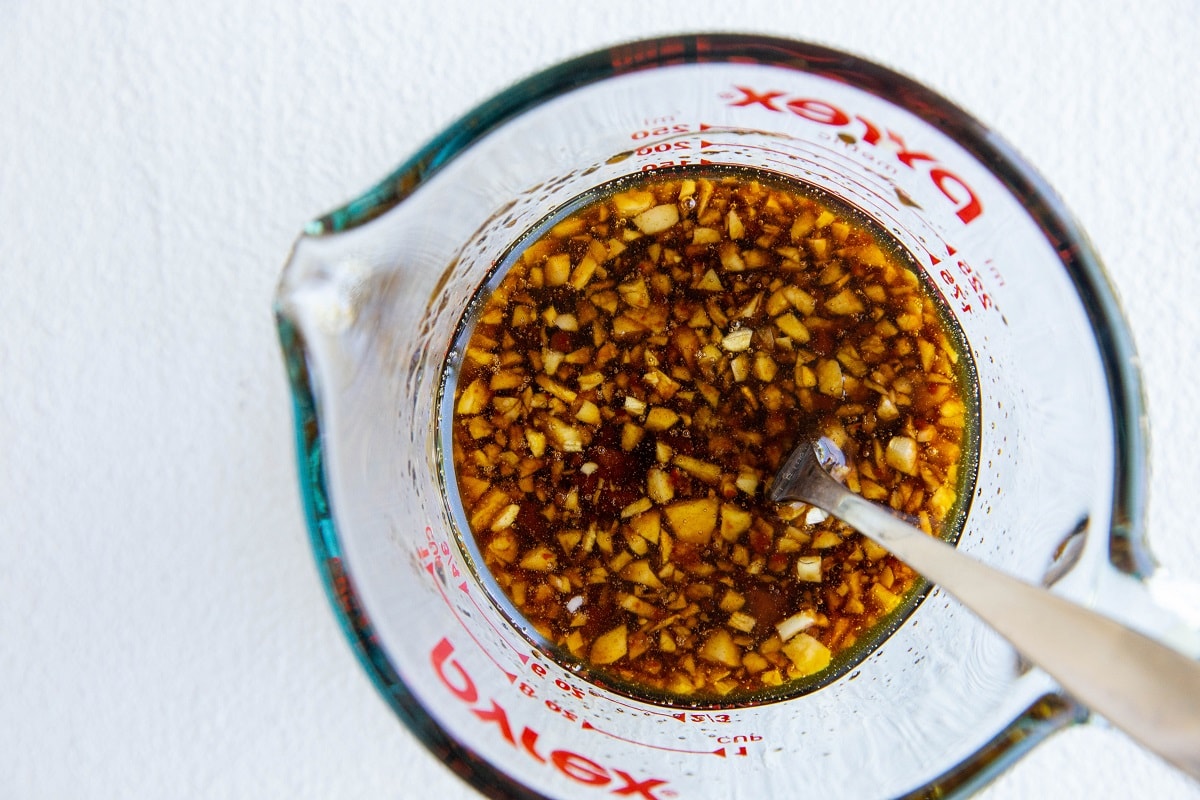
Pour this marinade into the zip lock bag with the beef. Seal the bag and move everything around until the beef is well-coated in the marinade. Refrigerate for two hours, or up to 24 hours.
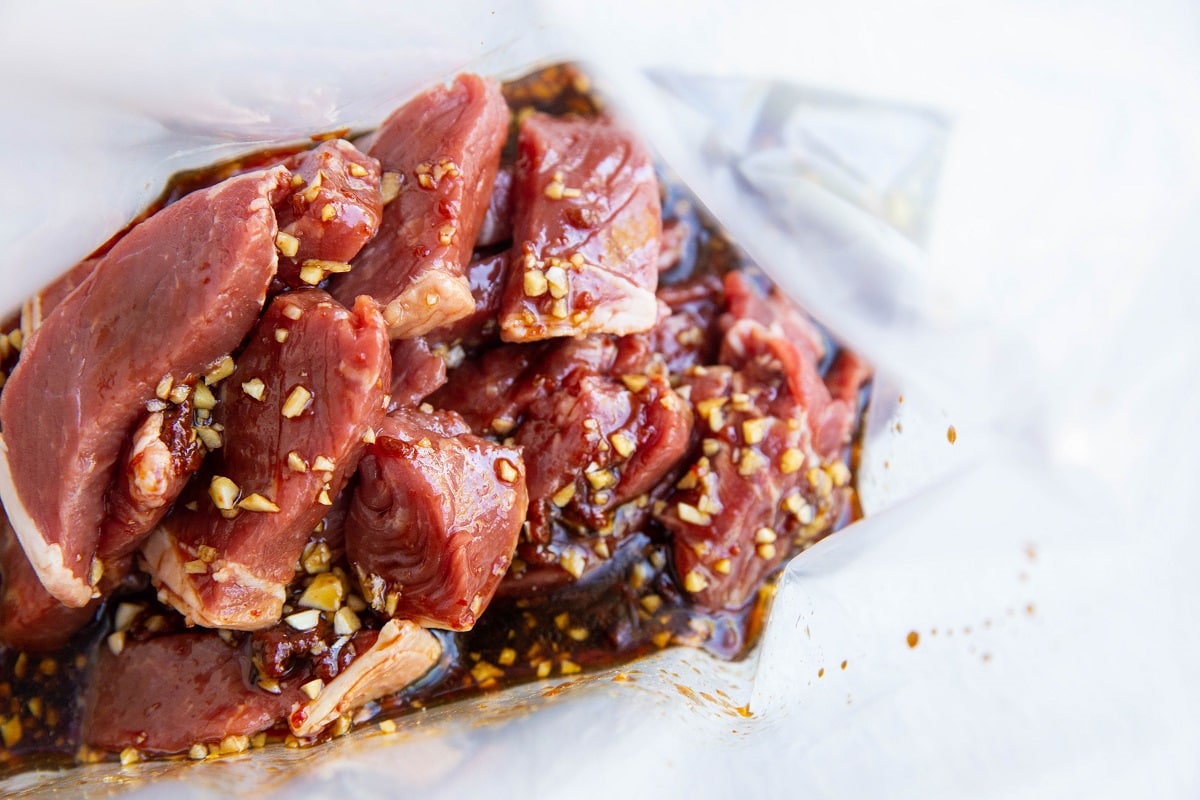
When you’re ready to cook the beef, heat a large skillet over medium-high heat and add the avocado oil. Once the skillet is sizzling hot, carefully place half of the strips of beef on the hot surface in a single layer, giving each piece plenty of space to cook.
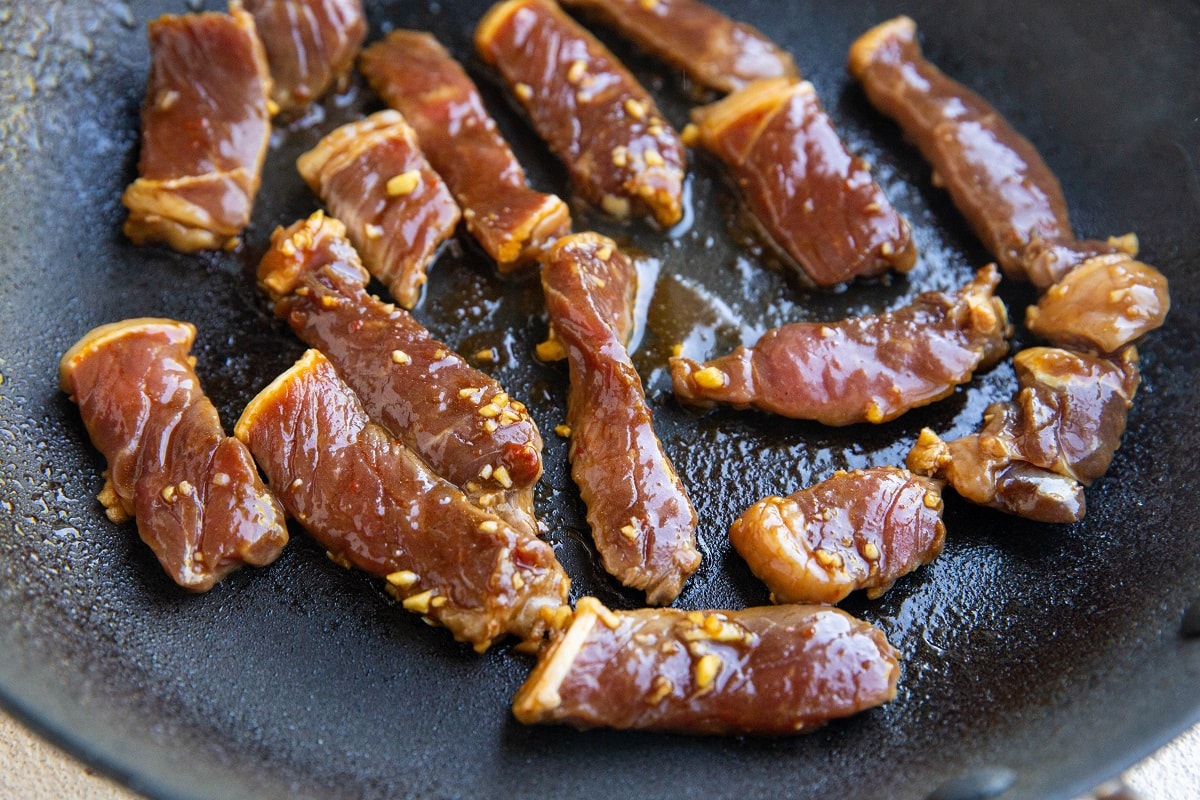
Sear for 2 to 3 minutes, or until golden brown and crispy, then flip the steak strips using tongs and sear another 2 to 3 minutes.
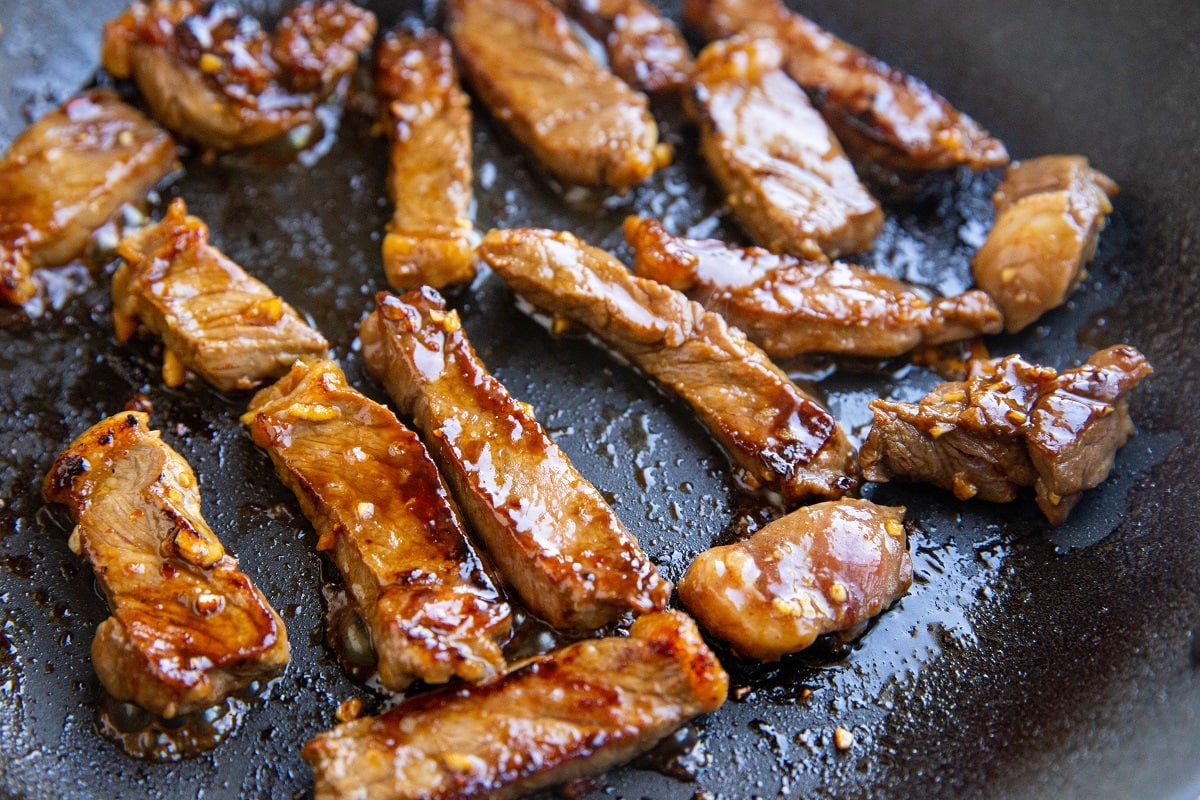
Transfer the steak to a plate and repeat for the remaining steak.
Once all of the steak is seared, transfer the other half back to the skillet and add the remaining marinade leftover in the zip lock. Bring to a full boil and cook for 3 to 5 minutes, until everything is heated through.
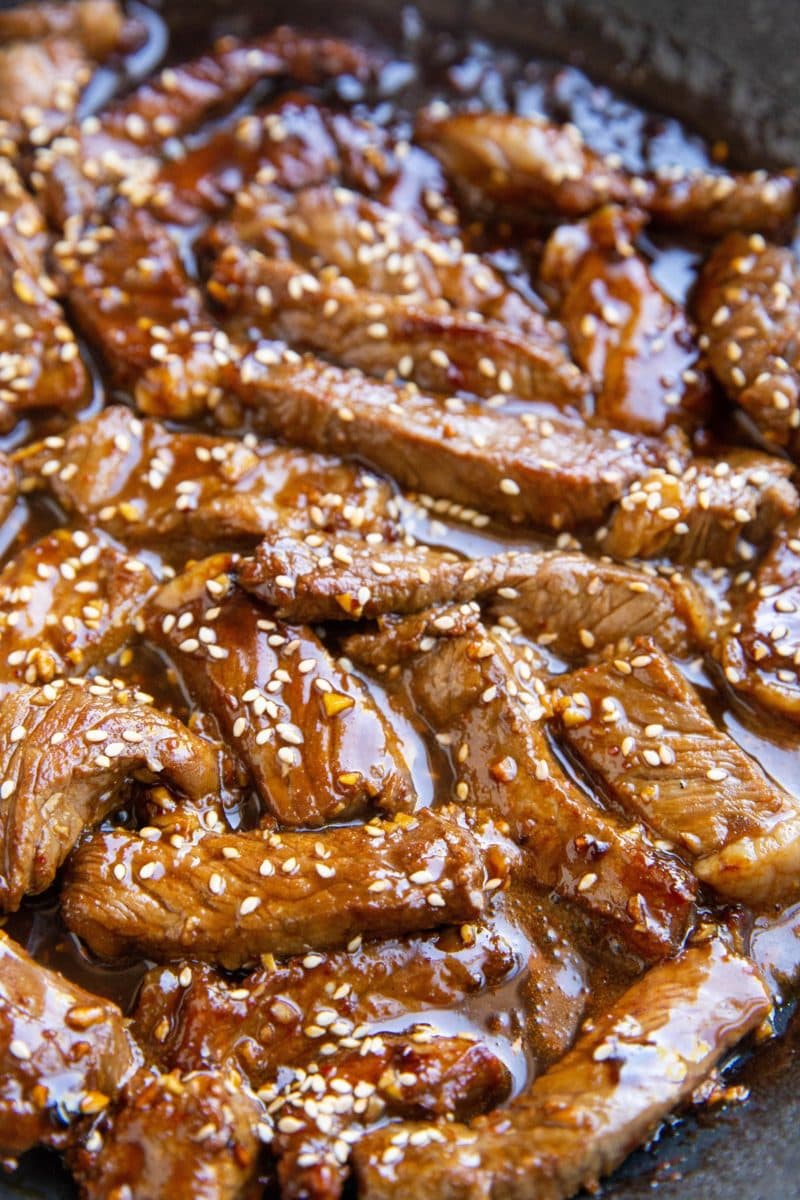
Serving Suggestions
- Serve bulgogi beef over steamed white rice, jasmine rice, or brown rice and spoon the sauce over everything.
- I love making bowls using fried rice with kimchi and sometimes stir fry vegetables. Make my Kimchi Fried Rice to level up the experience!
- For a low-carb version, use butter lettuce to make lettuce wraps or serve with cauliflower rice. Serve with sesame seeds and fresh chopped green onions.
Store any leftover bulgogi beef in an airtight container in the refrigerator for up to 5 days.
Recipe Tips
- For the best results, cook beef in a single layer in batches. This allows the strips of meat to cook evenly with an amazing golden brown crisp.
- If you’re under a time crunch, you can skip the marinating and go straight to cooking.
- Double or triple the recipe to turn it into meal prep for easy weeknight dinners.
- Some traditional versions of Korean Bulgogi include a grated Korean pear or bosc pear in the marinade. I find I enjoy the texture of the meat without the pear, so I typically leave it out. If you want to make authentic bulgogi, peel and grate 1 large pear and add it to the marinade.
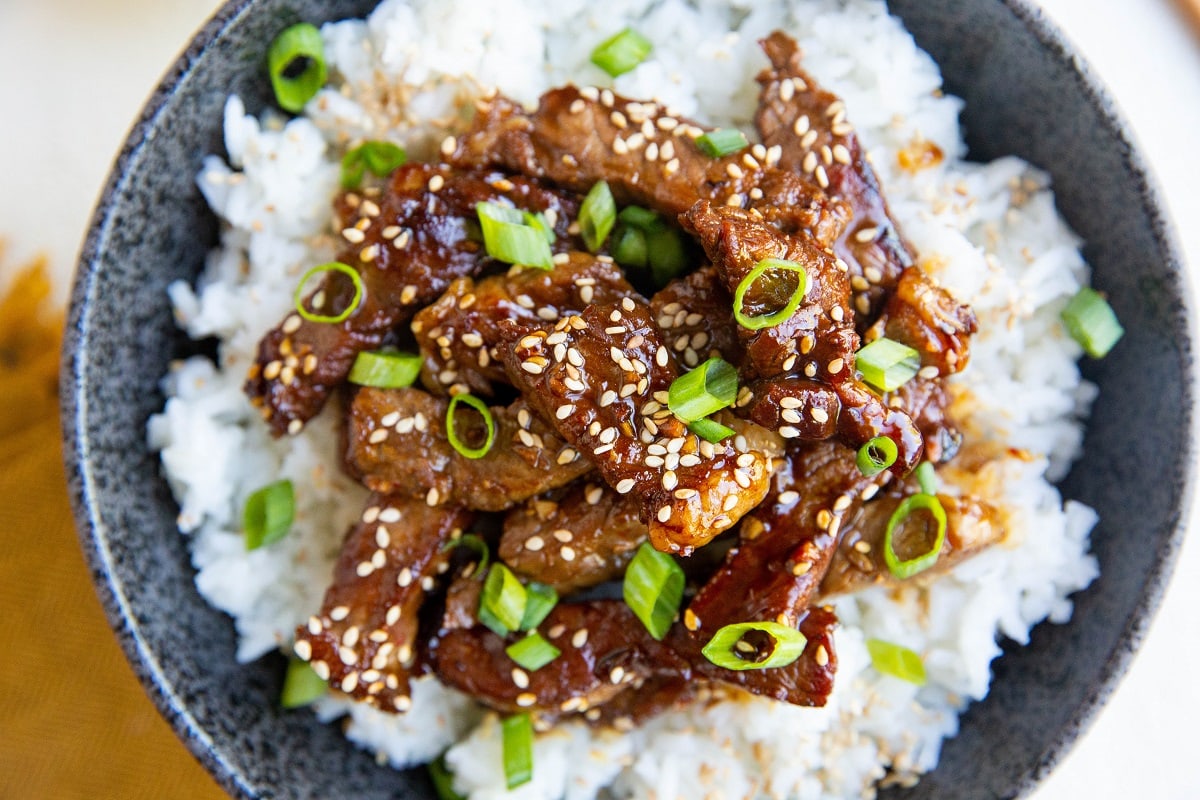
One of my favorite parts about this meal is the prep is so straightforward and easy!
We simply marinate and pan fry and we’re left with a delicious Asian inspired meal the whole family will love.
If you love Asian-inspired recipes, check out these reader favorites!
More Healthy Asian Recipes:
- Paleo General Chicken
- Easy 30-Minute Paleo Mongolian Beef
- Healthy Honey Walnut Shrimp
- 30-Minute Paleo Orange Chicken
- Sesame Ginger Garlic Broccoli Beef
- Orange Ginger Shrimp Stir Fry
Enjoy this amazing Korean favorite!
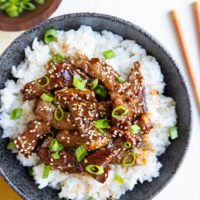
Easy Beef Bulgogi
Ingredients
- 1 ½ to 2 lbs boneless ribeye steak or NY strip steak sliced
- ⅓ cup coconut aminos liquid aminos or soy sauce*
- 2 Tbsp pure maple syrup
- 1 Tbsp rice vinegar
- 2 Tbsp toasted sesame oil
- 4 cloves garlic minced
- 1 Tbsp fresh ginger peeled and grated
- 1 Tbsp gochujang**
- ½ tsp black pepper
- 2 Tbsp avocado oil
For Serving:
- Cooked white rice***
- 1 bunch green onion chopped
- Sesame seeds
Instructions
- Cut the steak into thin strips and place them in a large zip lock bag.
- Stir together the liquid aminos (or soy sauce), pure maple syrup, sesame oil, garlic, ginger, gochujang and black pepper in a small bowl or measuring cup until well-combined.
- Pour this marinade into the zip lock bag with the beef. Seal the bag and move everything around until the beef is well-coated in the marinade. Refrigerate for two hours, or up to 24 hours.
- When you’re ready to cook the beef, heat a large skillet over medium-high heat and add the avocado oil. Once the skillet is sizzling hot, carefully place half of the strips of beef on the hot surface in a single layer, giving each piece plenty of space to cook.
- Sear for 2 to 3 minutes, or until golden brown and crispy, then flip the steak strips using tongs and sear another 2 to 3 minutes. Transfer the steak to a plate and repeat for the remaining steak.
- Once all of the steak is seared, transfer the other half back to the skillet and add the remaining marinade leftover in the zip lock. Bring to a full boil and cook for 3 to 5 minutes, until everything is heated through.
- Serve bulgogi beef over steamed white rice or brown rice and spoon the sauce over everything. For a low-carb version, use butter lettuce to make lettuce wraps or serve with cauliflower rice. Serve with sesame seeds and fresh chopped green onions.


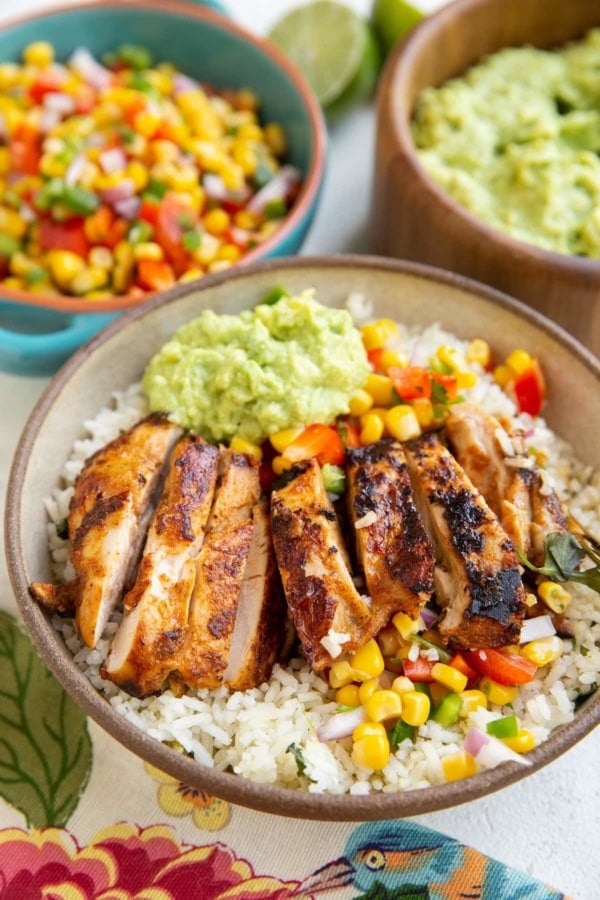
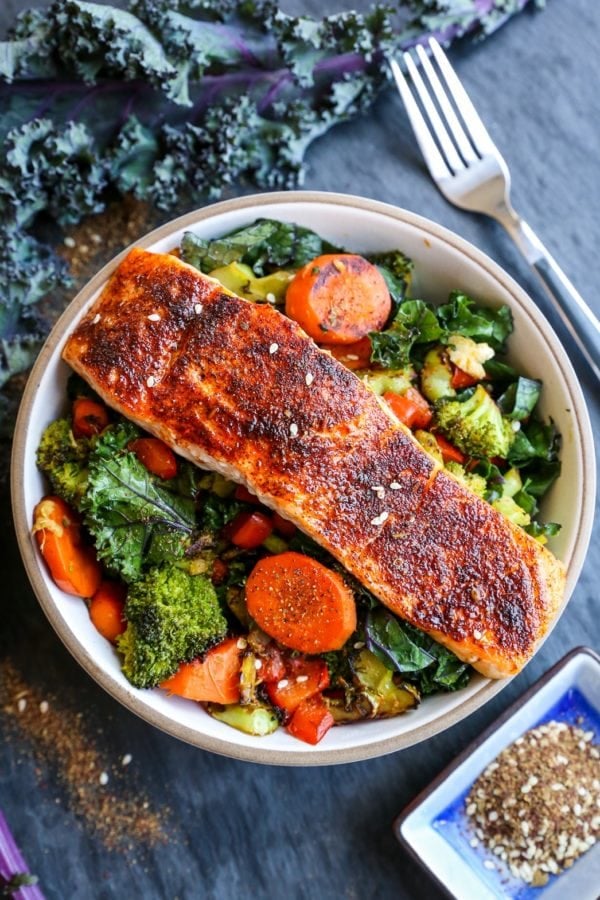
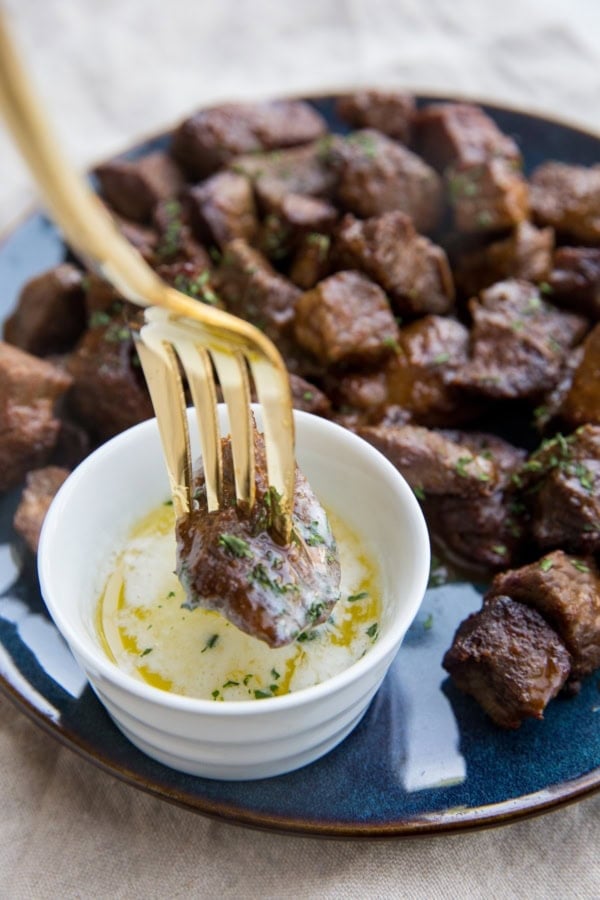









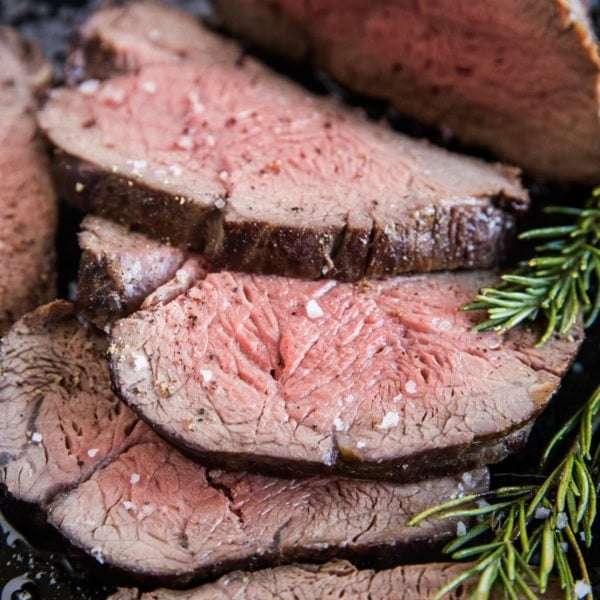
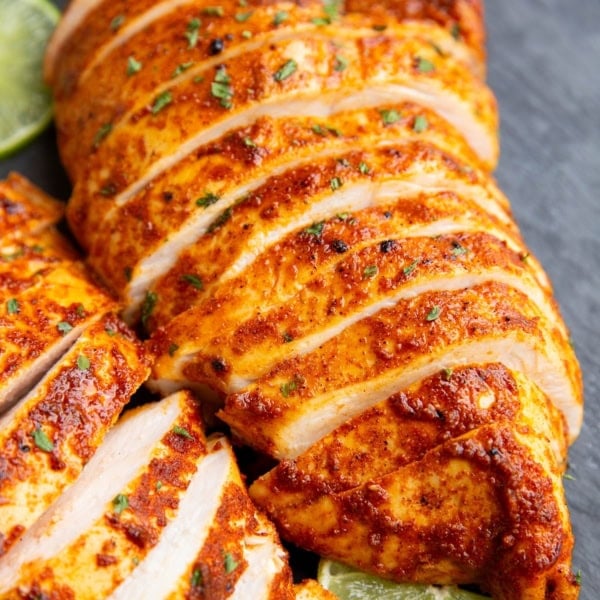
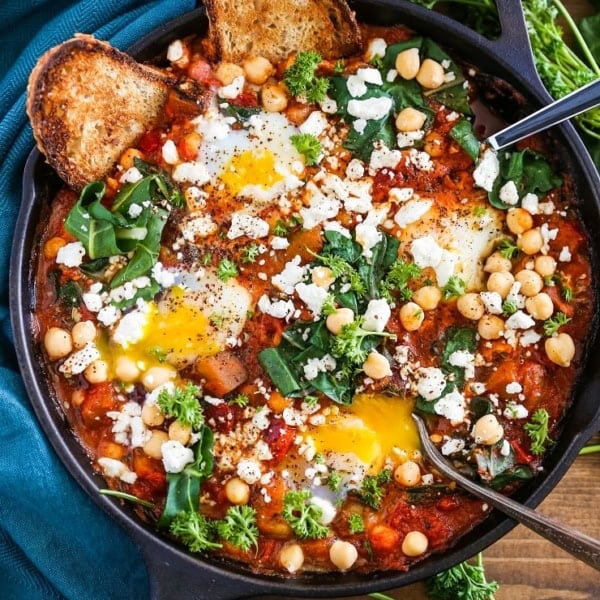
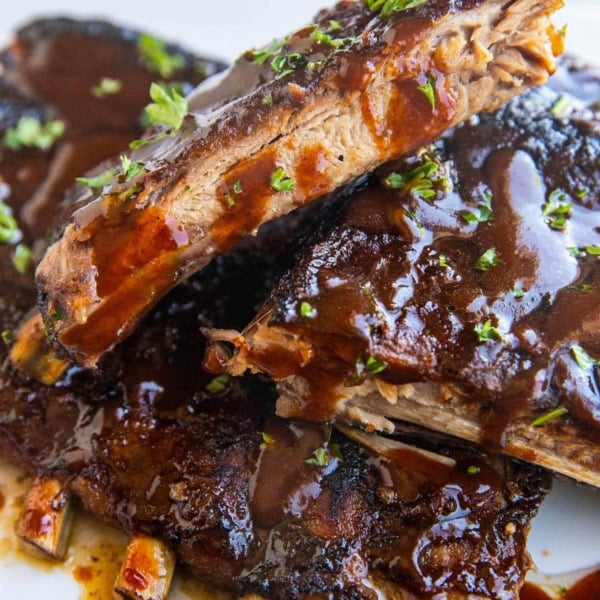
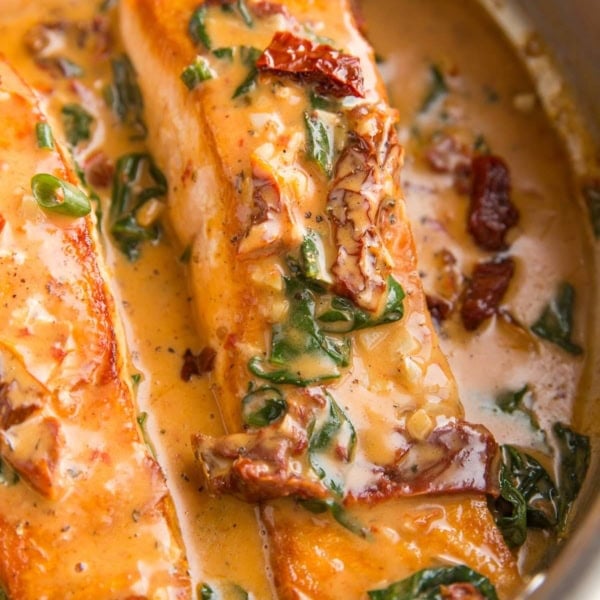
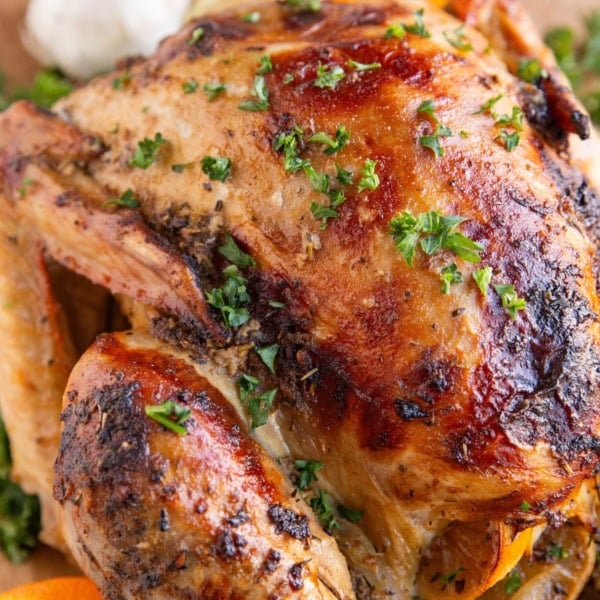
This was fantastic! The whole family loved it. Tasted just like what you would get in a restaurant.
Wahoo! So happy you like it, Renee! xo